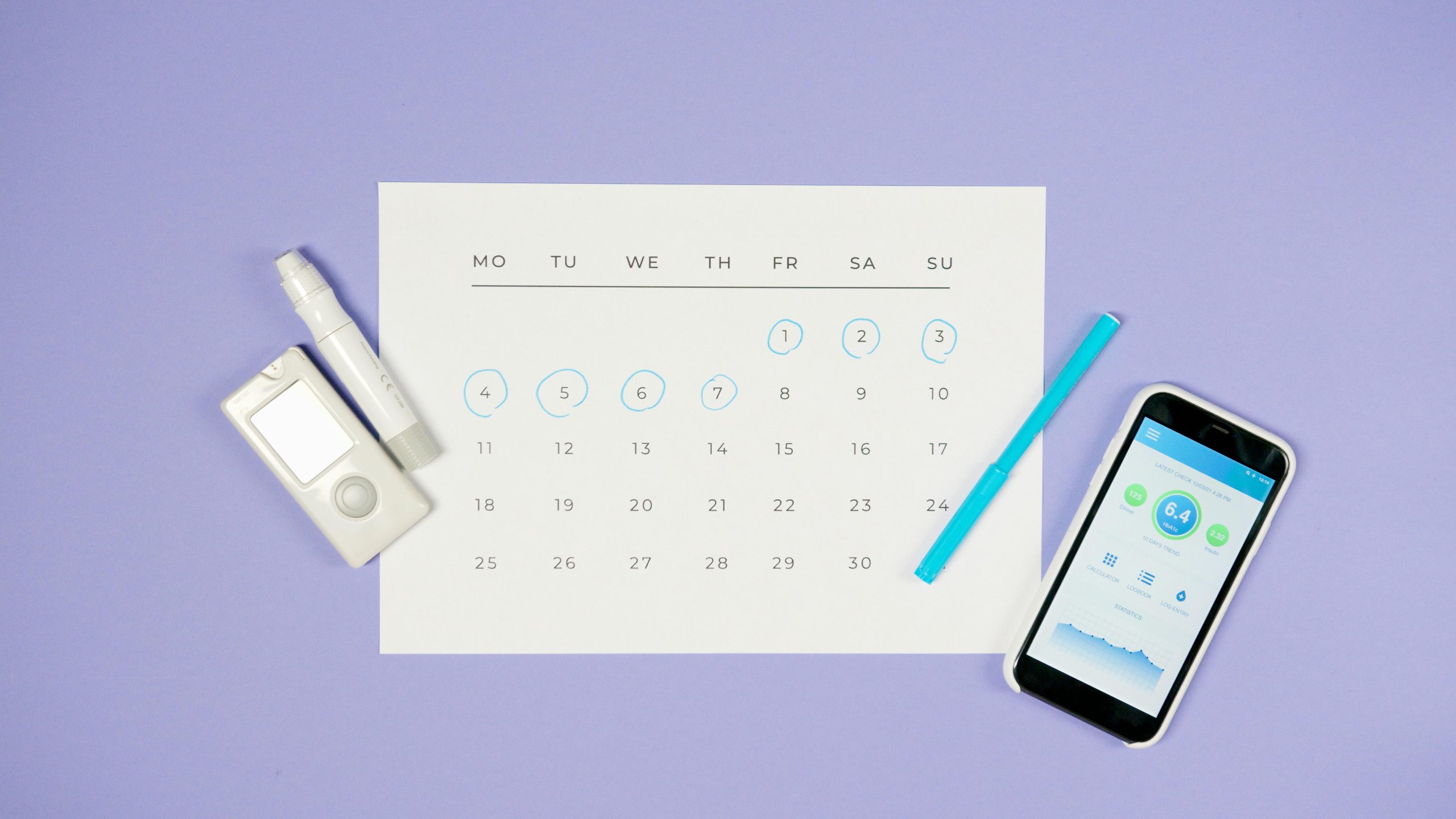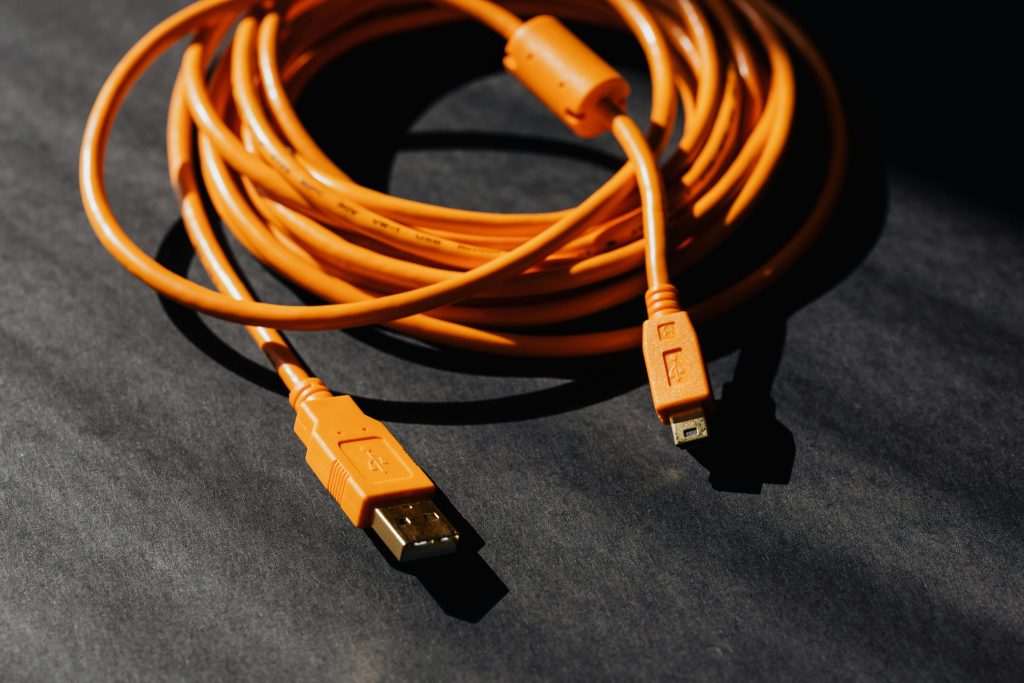Understanding Dual Connections: Connecting a USB Stick to Two Devices Simultaneously
In the age of rapid technological advancement, many users frequently find themselves asking questions about the capabilities of their devices. One such common inquiry revolves around the implications of connecting a USB flash drive to two devices at the same time.
Imagine you possess a USB-C On-The-Go (OTG) adapter combined with a USB drive that features both USB Type-C and USB Type-A ports. If you were to connect both ends—USB Type-C to one device and USB Type-A to another—what would occur? Specifically, let’s explore the scenario where both ends are connected to two separate laptops or mobile devices that feature USB-C ports.
The Technical Breakdown
Connecting a USB stick to two devices at once can lead to several outcomes, depending on the design and compatibility of the devices involved. Here are the most important factors to consider:
-
Device Recognition: Most devices are programmed to recognize a USB device as a single entity. When you plug the drive into two devices simultaneously, they may not be able to communicate properly with the USB stick.
-
Power Supply Conflicts: USB ports can supply power to devices. If you connect a USB stick to two power sources, it could create a conflict that might damage the flash drive or the connected devices.
-
Potential Data Corruption: If the USB drive is attempting to read or write data while connected to two devices, it risks data corruption. Each device could overwrite the data being processed, which could compromise the integrity of the information stored on the drive.
-
Unpredictable Behavior: The USB drive may behave unpredictably when connected to multiple devices, potentially causing one or both devices to malfunction or fail to recognize the drive altogether.
Best Practices
To avoid these potential issues, it’s advisable to connect your USB drive to one device at a time for data transfer. If you require simultaneous access from multiple devices, consider utilizing a network drive or cloud-based storage solutions instead.
In conclusion, while it may be tempting to use a versatile USB stick in a dual-connection format, the risks involved often outweigh the benefits. Prioritize safe usage and ensure your data remains secure by connecting your devices one at a time. If you have more questions about USB connectivity or best practices, feel free to leave a comment!
Share this content:




Thank you for reaching out with your question. Connecting the same USB stick to two devices simultaneously can indeed cause issues such as device recognition problems, power conflicts, and potential data corruption, as outlined in the post. To ensure the safety of your data and hardware, it’s recommended to connect your USB drive to only one device at a time during data transfer.
If you need to access the same data across multiple devices frequently, consider alternative solutions such as network-attached storage (NAS) or cloud storage services, which allow multiple devices to access the same data securely and simultaneously without connecting physical drives directly.
Additionally, avoid using splitter cables or connecting the drive to multiple power sources at once, as these actions can damage your USB stick or connected devices. Always handle your storage devices with care to maintain their longevity.
If you experience any irregular behavior or recognition issues after such connections, try reconnecting the device to a single host and performing a safe removal process. Should problems persist, feel free to contact our support team for further assistance.